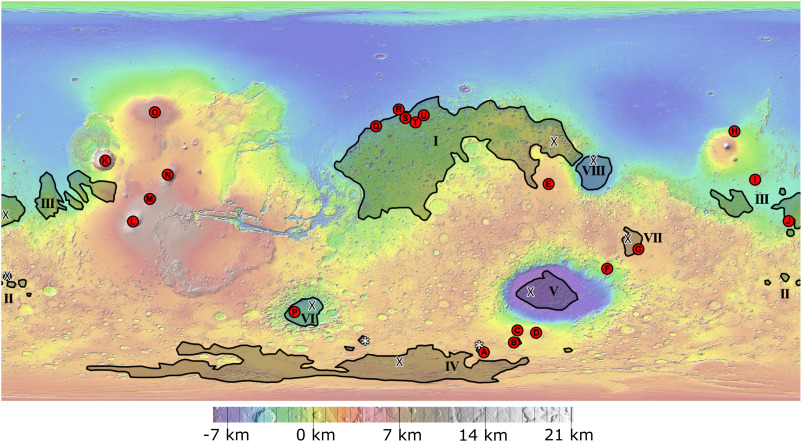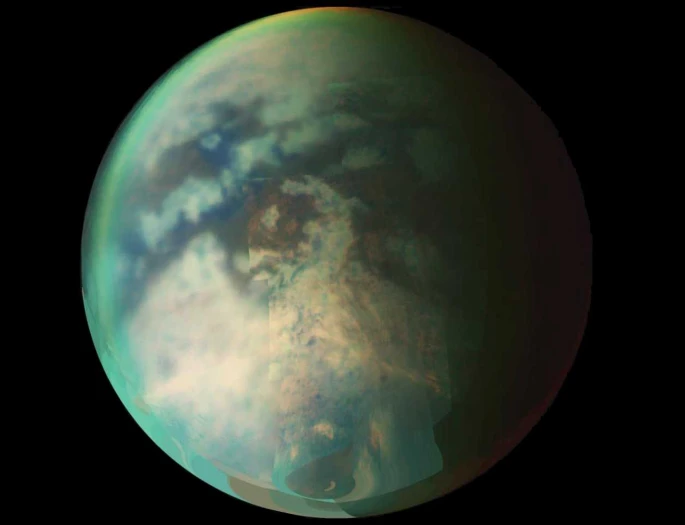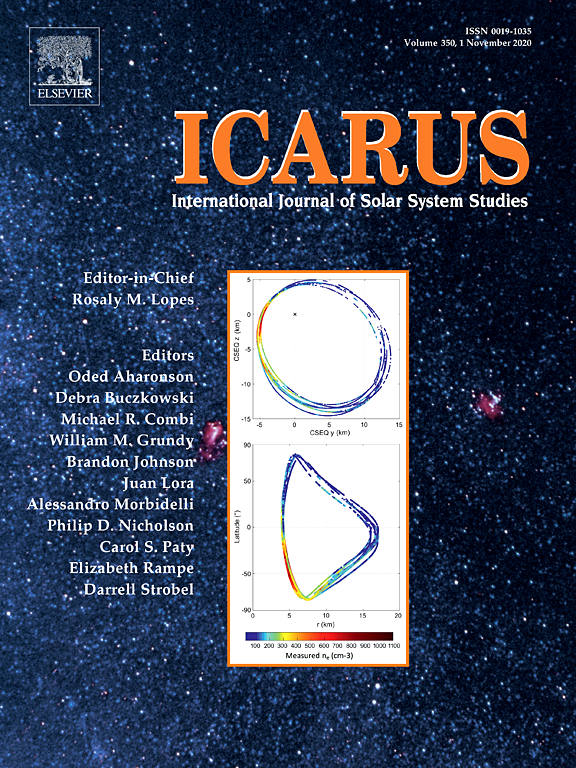Europlanet Center Europe Hub – Paper of the month
February 2021

An overview of explosive volcanism on Mars
Petr Brož (Institute of Geophysics of the Czech Academy of Sciences) et al. 2021
Highlights:
- We present an overview of explosive volcanism on Mars.
- Evidence for explosive volcanism is less common than for effusive activity.
- Still indications of explosive volcanism have been identified at various sites.
- Explosive edifices are often different in shapes from their terrestrial analogues.
- Explosive eruptions on Mars would behave differently from those on Earth.
- (…)
October 2020

Nitrogen Atmospheres of the Icy Bodies in the Solar System
Manuel Scherf (Space Research Institute, Austrian Academy of Sciences) et al. 2020
This brief review will discuss the current knowledge on the origin and evolution of the nitrogen atmospheres of the icy bodies in the solar system, particularly of Titan, Triton and Pluto. An important tool to analyse and understand the origin and evolution of these atmospheres can be found in the different isotopic signatures of their atmospheric constituents. The 14N/15N ratio of the N2-dominated atmospheres of these bodies serve as a footprint of the building blocks from which Titan, Triton and Pluto originated and of the diverse fractionation processes that shaped these atmospheres over their entire evolution. Together with other measured isotopic and elemental ratios such as 12C/13C or 36Ar/N2 these atmospheres can give important insights into the history of the icy bodies in the solar system, the diverse processes that affect their N2-dominated atmospheres, and the therewith connected solar activity evolution. (…)
September 2020

Plasma distribution around Comet 67P in the last month of the Rosetta mission
Zoltán Németh (Wigner Research Centre for Physics, Budapest, Hungary) et al. 2020
After accompanying comet 67P/Churyumov–Gerasimenko on its journey around the Sun and observing the evolution of its induced magnetosphere throughout the comet’s life-cycle, the Rosetta operations concluded at the end of September 2016 with a controlled impact on the cometary nucleus. At that time, the comet was located more than 3.7 AU from the Sun, but the data still show clear indications of a weak but well developed plasma environment around the nucleus. Rosetta observed this fading cometary magnetosphere along multiple recurring elliptical orbits, which allow us to investigate its properties and spatial structure. We examined the measured electron and neutral densities along these consecutive orbits, from which we were able to determine the structure of the spatial plasma distribution using a simple latitude and longitude dependent model. (…)
Back to Central Europe Hub Page

